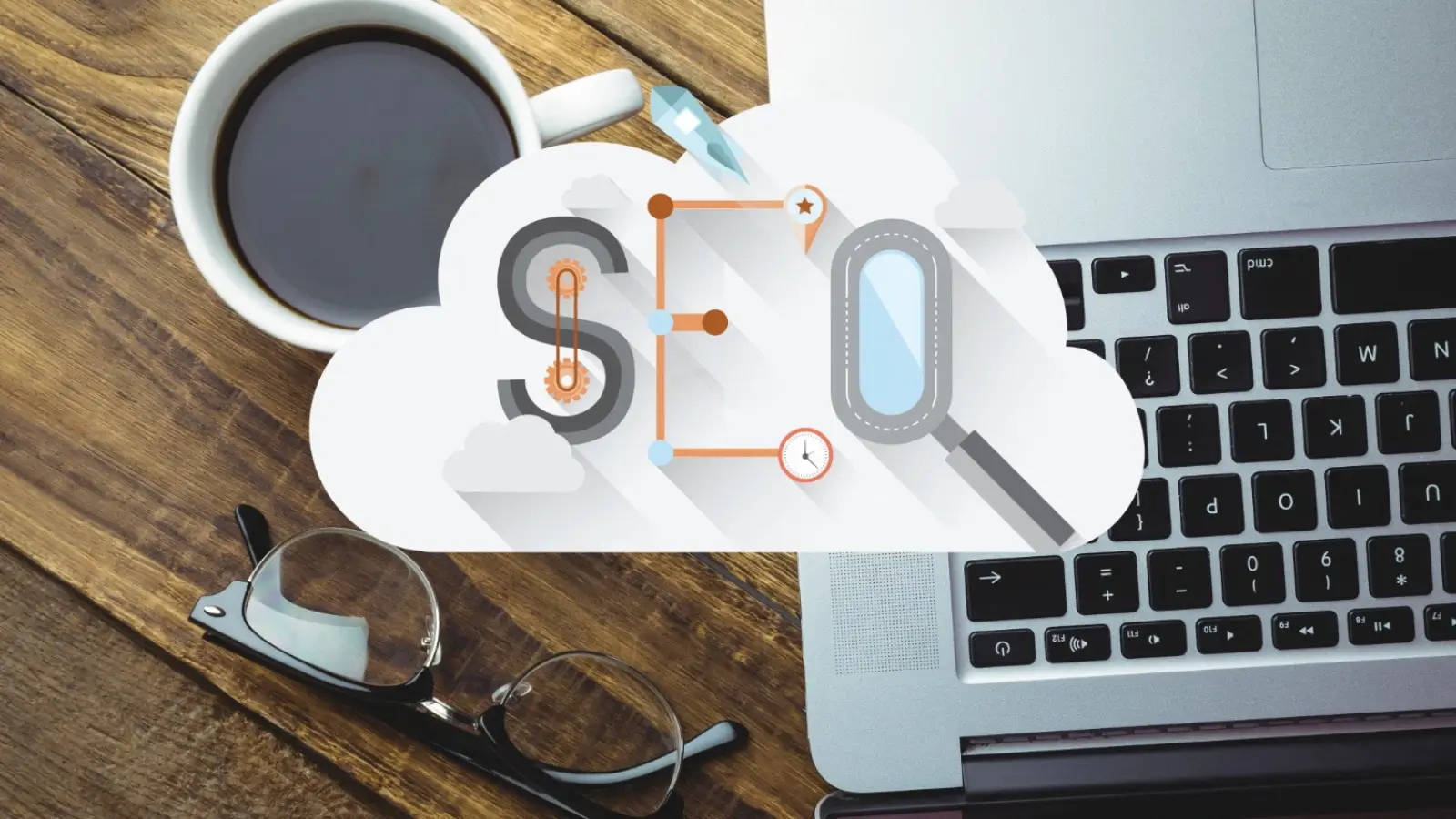Customer engagement isn’t just a strategy; it’s the heart of any successful business. In a world where options are endless and attention spans are fleeting, the ability to connect with your customers in meaningful ways is what separates the leaders from the followers. It's not about sending messages or launching campaigns; it’s about creating a genuine, lasting relationship.
So, how do you ensure your customers stay connected with your brand and interact meaningfully? Start by building stronger engagement using Nudge, an AI-driven platform that tailors experiences in real-time, driving deeper connections. Let’s break it down into actionable steps.
Why Engagement Matters?
When customers are engaged, they’re more likely to return, recommend your brand to others, and help drive its success. Effective engagement isn’t about bombarding customers with messages. It’s about delivering the right message at the right time and making them feel heard and valued. A well-executed engagement strategy can turn a passive customer into an active, loyal one.
Set Clear Objectives
Before diving into tactics, it’s crucial to define your goals. A customer engagement strategy without clear objectives is like setting off on a journey without a map. Do you want to increase product usage, improve retention, or drive more referrals? Setting measurable, specific goals allows you to track progress and make adjustments along the way.
Consider goals like:
- Improving Retention: Focus on reducing churn and increasing the number of returning customers.
- Boosting Referral Rates: Encourage customers to recommend your product to others.
- Increasing Lifetime Value (LTV): Create opportunities for cross-sells and up-sells.
These goals should align with your business objectives and guide your strategy moving forward.
Understand Your Customer Journey
A strong engagement strategy is built on truly understanding your customer’s journey. Mapping out the customer’s journey from awareness to post-purchase is essential. Look for opportunities to connect with customers at various touchpoints. Engagement isn’t a one-time event; it’s an ongoing process.
- Awareness Stage: How do customers discover your product? Engage with educational content, such as blog posts or videos, that resonate with their pain points.
- Consideration Stage: When customers are evaluating your solution, engagement might look like offering free trials, personalized recommendations, or product demos.
- Post-Purchase: After a purchase is made, continue the engagement with onboarding emails, customer support, and loyalty programs.
Identifying pain points and ensuring customers receive value at each stage makes them more likely to stick around.
Personalization: Tailoring Experiences to the Individual
One-size-fits-all messaging no longer works. Personalization is key to customer engagement. By analyzing behavioral data such as previous purchases, browsing habits, and individual preferences, you can tailor experiences that resonate with each customer. The more tailored your approach, the stronger the engagement will be.
For instance, offering personalized recommendations based on previous purchases or reminding customers about items left in their cart is a straightforward yet effective way to encourage action. Behavioral data can also be used to time your messages, sending them at optimal moments when a customer is most likely to engage.
Building stronger engagement using platforms like Nudge, which automate personalization based on real-time behavioral data, can supercharge these efforts. By moving beyond traditional methods, brands can create more dynamic and responsive user experiences, leading to higher engagement and retention rates.
Omnichannel Engagement: Stay Where Your Customers Are
Customers today expect a smooth and consistent experience across every channel. Whether they’re interacting with your brand via email, social media, a mobile app, or your website, they should feel like they’re talking to the same company. Consistent messaging across all touchpoints not only helps build trust but also ensures that customers don’t feel disconnected when they switch between platforms.
An omnichannel approach ensures that your engagement strategy is more effective, reaching customers wherever they are and enhancing their experience.
Encourage User-Generated Content (UGC) and Community Building
One of the most powerful forms of engagement is when your customers start engaging with your brand on their own. UGC, whether it’s social media posts, reviews, or testimonials, builds social proof and trust. Customers feel more connected to brands that encourage participation.
Building a community around your product helps establish a sense of belonging and community. Whether it’s through social media groups, online forums, or customer events, creating a space for customers to interact with each other can help strengthen loyalty.
Gamification is another great tactic to encourage engagement. Offering rewards for activities such as leaving a review, referring friends, or reaching milestones within the app keeps customers motivated to stay engaged.
Measure and Improve: Keep It Dynamic
Engagement isn’t a “set it and forget it” strategy. You need to track performance and adjust your approach regularly. By continuously measuring key metrics, such as engagement rates, customer satisfaction, and retention, you can optimize your strategy for better results.
Look for gaps in engagement and identify areas where customers may be dropping off. Use analytics to pinpoint areas for improvement and test various strategies to enhance performance. This ongoing process ensures that your engagement efforts stay relevant and practical.
Nudge: The Tool for Next-Level Engagement
If you want to take your customer engagement strategy to the next level, consider tools like Nudge. This AI-powered platform offers real-time, 1:1 user experiences that are personalized based on behavioral data and context. With features like low-code integration, real-time analytics, and gamification elements, Nudge can help marketing and product teams automate and optimize UX experiments.
With Nudge, you can create personalized interfaces that adapt in real-time, ensuring every interaction feels unique to the individual customer. And because the platform leverages data from user behavior, you’ll gain insights that can improve both engagement and long-term retention.
Conclusion
A winning customer engagement strategy is built on clear goals, personalization, and continuous improvement. By understanding your customers' journey, utilizing data, and engaging across multiple channels, you can build stronger relationships with them. And with tools like Nudge, which automate personalization based on user data, you can supercharge your efforts and see significant improvements in customer engagement and retention.
Begin creating a strategy that suits your brand now; book a demo with Nudge and see how our solutions can transform your customers from passive buyers into loyal supporters.
















